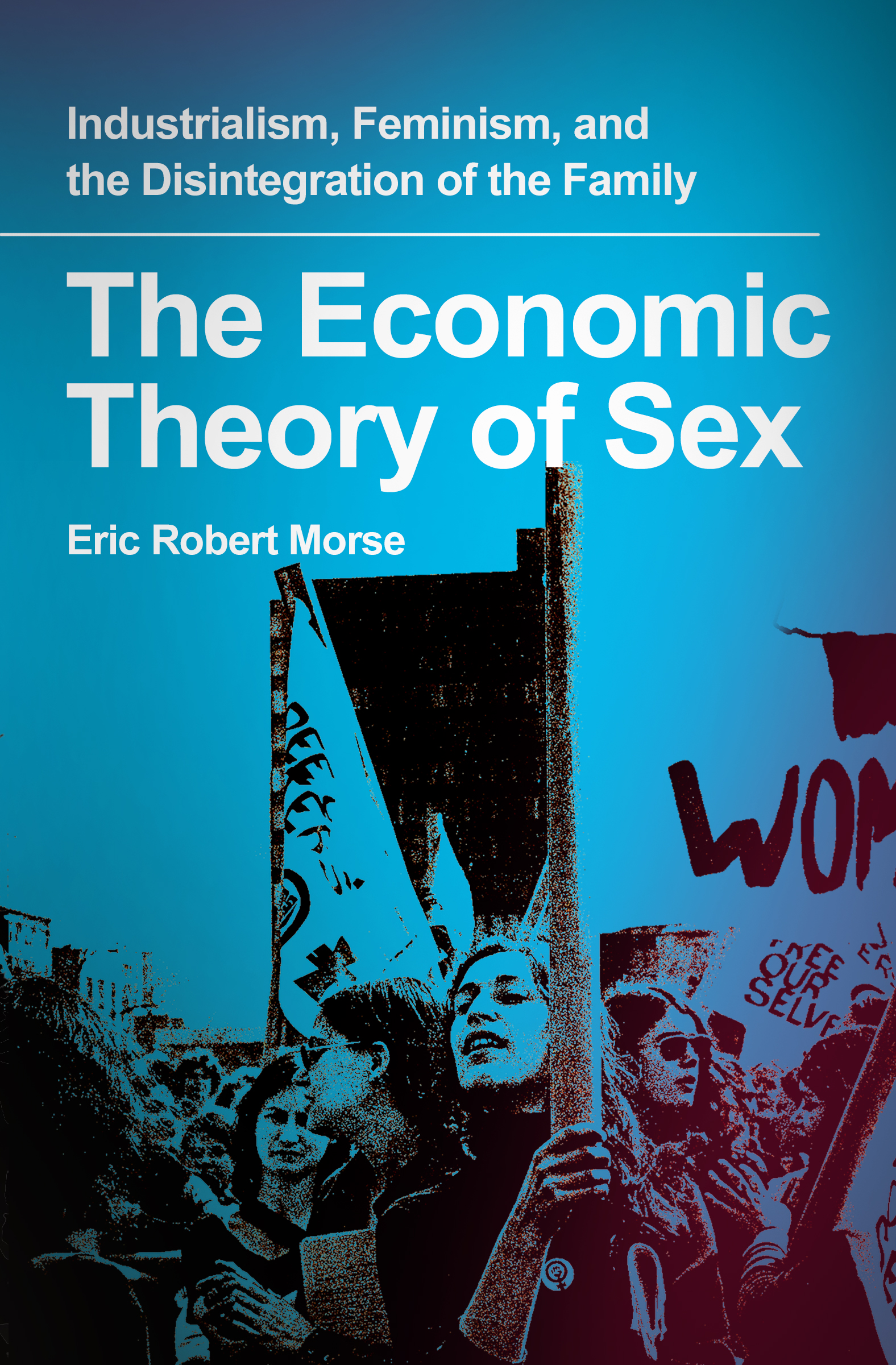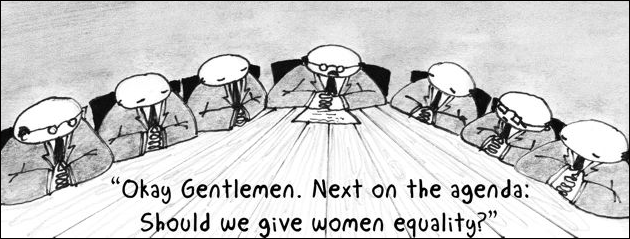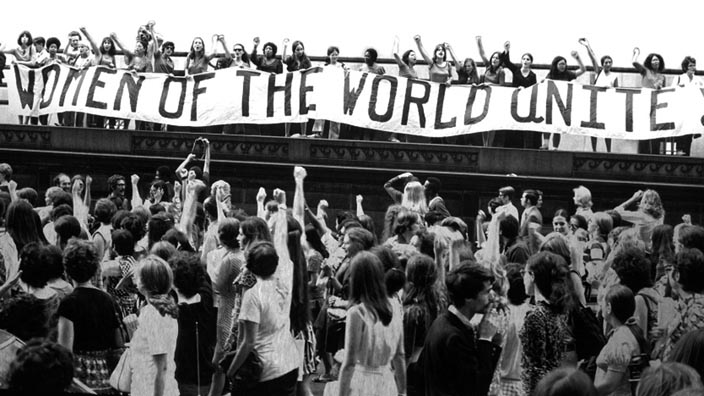When Taylor Swift recently declared herself to be a feminist, she said it was in part because she realized that Feminism isn’t necessarily anti-men. It is unknown whether she realized that it is in fact anti-women.
I have watched with great interest as Feminism has made a comeback in recent years. Celebrities like Taylor Swift, Beyoncé, and Emma Watson have all made bold statements in favor of the movement; business leaders such as Sheryl Sandberg and writers like Chimamanda Ngozi Adichie have continued their support; and Hillary Clinton’s rise to the presidency has elevated the cause.
Altogether, the various initiatives and voices amount to what might be considered a Fourth Wave of Feminism.

T-Swift and Lena Dunham probably talking about girl stuff.
The thoughtful reader cannot help but to ask ‘Why?’ After a century of reforms, why is it necessary to renew the charge? What are these new feminists after anyway?
If you ask a member of this Fourth Wave, they will likely tell you they are after equality. As Miss Swift put it, “Saying you’re a feminist is just saying that you hope women and men will have equal rights and equal opportunities.” To most, that is what Feminism has always been about, and that’s what it is still about.
Yet the casual observer will note that women have long had equal rights and opportunity. To be sure, women have the vote in every Western country, they dominate higher education, and comprise almost half of the U.S. workforce; contraception and abortion are not only legal, they are subsidized and mandated by the federal government; and a woman is the leading candidate for president of the United States of America. By all accounts, modern Western Civilization should be a feminist utopia.
Still, modern feminists are not happy. Indeed, they are fiercer than ever and ready for war. Why?

This article is the introduction to the new essay, The Economic Theory of Sex, now available through New Classic Books.
In a new essay titled The Economic Theory of Sex, I investigate this recent tidal wave of Feminism and discover that it is not as straightforward as it seems.
What one finds upon reflection is that there are two kinds of equality. Beyond Miss Swift’s brand of equal rights and opportunities, there is a second kind that is less obvious and at the same time more alluring—that of equal conditions. It is the difference between an equal chance for boys and girls to study math and science, and an equal number of boys and girls in math and science programs; it’s the difference between the ability for women to become president and an equal number of women presidents.
While most new-wave feminists use the first kind of equality of rights and opportunities as the platform on which to stage their argument, the means and ultimate goals of their efforts tend to fall toward this second brand, equality of condition.
Witness Sandberg’s call for parity in the workplace, corporate leadership, and in politics. It is not enough that women have the opportunity to become leaders, we must have an equal representation of women CEOs, congressmen, and presidents. Witness Adichie’s call for a “less gendered” society. It isn’t enough that girls have the opportunity to study math and science, we must see as many girls interested in math and science as there are boys. Witness the incessant call for equal pay. It is not enough that a woman can make as much or more than a man, they must make the same amount no matter what.
There must be no discernable difference between boys and girls, men and women—we must have equality of conditions.
The shift toward equal conditions is more significant than it might seem. Equal rights is a human rights issue—to deprive an individual of his opportunity is to deprive him of his right to life, liberty, and property, and violates the very rights granted to him as a human. Equality of conditions, on the other hand, is a political doctrine which aims at redistributing life, liberty, and property so that all individuals turn out the same. Equal rights is evening the playing field; equal conditions is making sure the game ends in a tie. While the former can and should be established for the betterment of all, the latter can only benefit a few at the cost of natural and long-standing social constructs.
We can view the discrepancy by looking at the two kinds of equality in the context of the sexes: Equal rights are human rights, and, inasmuch as all men and women are human beings, all men and women benefit from these rights. When Feminism aims for this kind of equality, it is not only pro-woman, it is also pro-man. Indeed, it is pro-human.
On the other hand, equal conditions seek to equalize outcomes irrespective of individual nature, ability, or preferences. Whereas equal rights aim to give everyone the same opportunity despite innate differences, equal conditions aim to transform men and women so that no differences remain. In some extreme spheres, the charge toward equal conditions has meant neglecting or obliterating sexual differences outright, as in Target’s removal of gender categories for toys, the famous gender-swapping athlete Bruce “Caitlyn” Jenner, and the 50+ options for gender on social media. Here we find that Feminism is not only anti-man but also anti-woman as well. Indeed, it is anti-human because it means destroying the very conception of sex.

Thus, the Fourth Wave of Feminism amounts to something of a Sexual Armageddon. Such a phrase may seem extreme, but the vocal many reformers of the day will tell you that it is absolutely necessary. That is because, according to them, sex—the differences between men and women—has been at the root of the greatest ruse of history. Ever since Eve ate the apple, men, because they are men, have used their strength and independence to overpower and oppress women simply because they are women. To the contemporary feminist, sexual differences mean inequality, inequality means injustice, and injustice must be stamped out at all costs. And so, they have set about stamping out sexual differences at all costs.
We see it manifest throughout the culture. First, there are those who simply don’t recognize differences between men and women at all. In his bestselling anthropology Sapiens, Yuval Noah Harari poses the question: Why is it that throughout the history of civilization men have always held a monopoly of leadership and power positions? He offers three hypotheses based on male muscle power, male aggression, and genetics, but concludes that none are convincing and that there are no scientific explanations as to why men should have lived any differently than women. It is quite as if he forgot that women have uteruses.
Then, there are those who recognize that men and women are different, but contend that these differences shouldn’t lead to differences in society. Sex is biological, but gender is a social construct, and thus changeable. In a popular TED Talk, academic feminist Linda Salane explained how men and women are physiologically different, but then concluded that this shouldn’t be reflected in how men and women behave or what they do in life, and certainly shouldn’t lead women toward particular vocations. To Salane, there are differences, but they are negligible in life.
Finally, there are those who recognize how sexual differences would naturally lead to social differences, but contend that we should actively combat those social differences with government policy. In All the Single Ladies, author Rebecca Traister claims that “independent women” will revolutionize the socio-economic landscape, but that, in order to do so, we first need to reform government so that it provides women with paid leave, day care, higher minimum wages, contraception, and abortion services. Evidently, women cannot become truly independent without first becoming dependent upon an all-powerful government.
Combined, these three mentalities create a full picture of the Fourth Wave of Feminism. The message is clear: There are no significant differences between the sexes, any differences that might exist should have no impact on society, and if any differences do impact society we should use government force to crush them. With such various and vocal spokesmen championing the movement, it is a message that one can hardly deny.

Beyoncé after she just tore up some guy’s car.
But before we resign ourselves to living in a sex-less world, it is worth taking a moment to reconsider how we got here and question whether it is necessary to do away with the sexes after all. To do so calls for a new economic theory of sex. Looking back, we find that there are in fact differences between the sexes, that those differences can and do lead to differences in society, and that those social differences are good. Indeed, if we look at the history, we find that sexual differences were at the foundation of what might be called a ‘Sexual Balance of Power’, and in large part the reason for the success of mankind.
Explore the entire essay through these fine outlets: Amazon.
 The Libertarian Catholic
The Libertarian Catholic
















